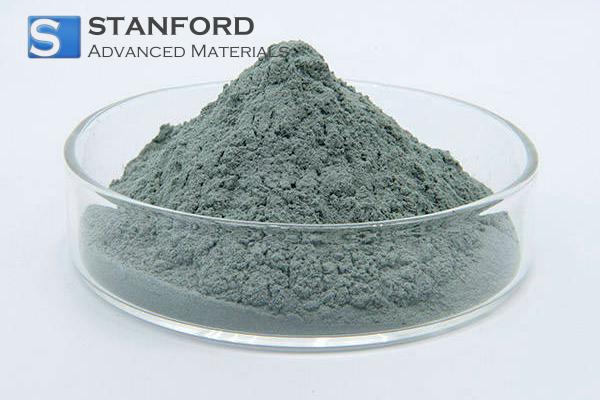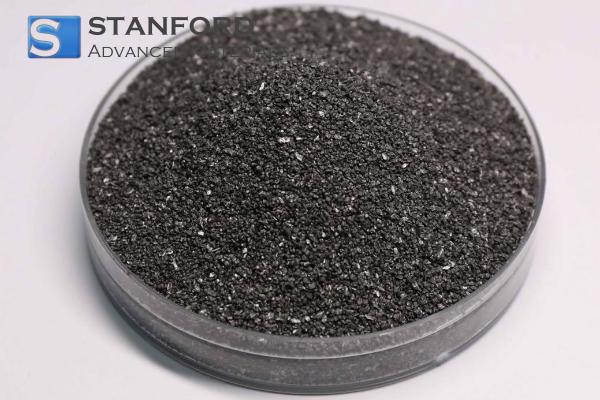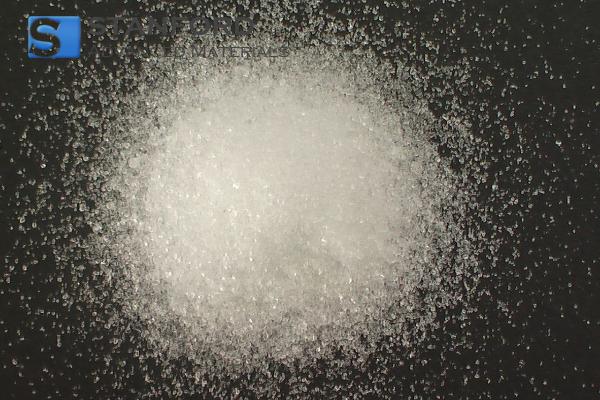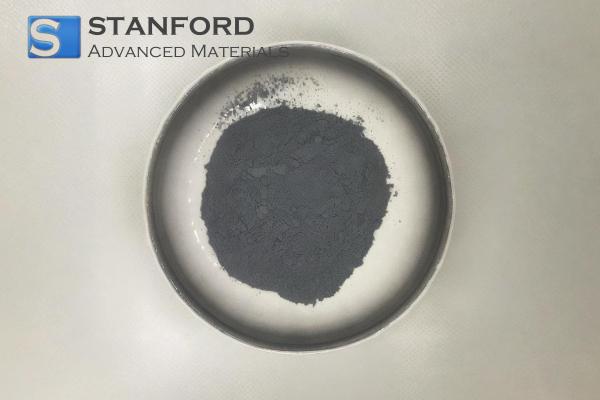Coefficient Of Thermal Expansion
Coefficient of Thermal Expansion
The coefficient of thermal expansion quantifies the magnitude of size change that occurs in a material as a function of temperature. It measures the dimensional change per degree of temperature, typically recorded in per °C (°C⁻¹) or per Kelvin (K⁻¹), and is a key material property utilised in the prediction of material response under heated and cooled environments. Although there is a mathematical means by which to describe CTE, the basic principle is rather straightforward: materials expand with heating and contract on cooling; however, the degree of expansion does depend on atomic structure, type of bonding, and microstructure.
Factors Affecting Thermal Expansion
1. Material Composition
Depending on their bonding, the classes of materials have quite different thermal expansion responses.
- Metals: Usually present higher CTE values since, in metallic bonds, atoms can vibrate more freely (e.g., aluminium ≈ 23 × 10⁻⁶ °C⁻¹).
- Ceramics: Due to rigid ionic/covalent bonding, they have low CTE. Fused silica, for instance, has a CTE ≈ 0.5 × 10⁻⁶ °C⁻¹.
- Polymers: very often have very high nonlinear values of CTE, such as polyethylene ≈ 100 × 10⁻⁶ °C⁻¹.
- Composite materials: Their CTE depends on the fibre/matrix combination; carbon-fibre composites can even realise near-zero thermal expansion.
2. Temperature Range
CTE is not necessarily constant. Many materials exhibit:
• Linear behaviour within a moderate temperature range
• Nonlinear expansion around phase transitions or high temperatures
Steel, for example, has roughly linear CTE in the 20–100°C range but its expansion rates increase as the temperature rises towards its recrystallisation point.
3. Structural Anisotropy
If a material is anisotropic, it will undergo unequal expansion along different axes.
• Wood expands greatly across the grain, but very little along the grain.
4. External and Residual Stress
Internal stresses can be introduced by manufacturing processes such as welding, machining, and cold working. Such stresses may enhance or oppose the natural expansion behaviour and alter the effective CTE accordingly.
5. Environmental Exposure
The CTE can vary subtly with time due to absorbed humidity, oxidation, and other chemical interactions. In fact, many polymers absorb moisture and swell, which affects thermal expansion characteristics.
Types of Thermal Expansion
Generally, there are three types of thermal expansion, depending on which dimensional change is being described.
1. Linear Thermal Expansion
This is the change in length of a material with temperature.
Most engineering materials—metals, polymers and structural components—are assessed in terms of linear CTE.
A 1 metre long aluminium bar CTE ≈ 23 × 10⁻⁶ °C⁻¹ will expand about 23 micrometres if heated by 1°C.
2. Area (Two-Dimensional) Thermal Expansion
Some applications, such as films, coatings, membranes, require understanding how surface area expands.
For an isotropic material, area expansion is approximately twice the linear CTE.
Heat exchanger metal plates will undergo 2D-expansion, which can affect the gasket sealing/bolt preload.
3. Volumetric Thermal Expansion
Describes 3-Dimensional expansion in volume. Used for fluids, ceramics, and cast components.
Large volumetric changes characterise polymers and also polymer-matrix composites, affecting mould design during the manufacture of plastics.
Applications of Thermal Expansion Engineering
1. Structural and Civil Engineering
Large structures depend on a critical design factor: thermal expansion.
• Expansion joints in bridges are designed to absorb these displacements of several centimetres relative to seasonal temperature changes.
• Concrete pavements are spaced with expansion gaps to avoid buckling during summer heat.
• Skyscrapers can differ by several millimetres to centimetres in their height due to daily thermal cycles.
2. Aircraft and Spacecraft
Aircraft and spacecraft are typically subject to extreme thermal gradients:
- Jet engine turbine blades run at temperatures above 1 000°C and must utilise nickel-based superalloys with tightly controlled CTE in order to prevent cracking.
- Satellite optical components usually are made from low-expansion alloys, such as Invar, or from ceramic materials to maintain dimensional stability in orbit.
3. Electronics and Semiconductors
CTE mismatch between the components is a potential source of solder fatigue and device failure:
• Fibreglass composites engineered to match copper's expansion are used in Printed Circuit Boards (PCBs) for improved reliability.
4. Energy and Industrial Machinery
Thermal expansion affects:
Examples include heat exchangers and boilers, where the metal tubes are expanded during activation cycles.
Turbine housings - controlled clearances
Gas pipelines that are designed to flex with the seasons
5. Precision Optics and Scientific Instruments
Ultra-low expansion materials include ULE glass and fused silica, which are used in optical benches, telescopes, and metrology systems where accuracy is required down to nanometre scales.
Thermal Expansion of Common Materials
The table below provides examples of various materials and their respective coefficients of thermal expansion:
|
Material |
Coefficient of Thermal Expansion (°C⁻¹) |
|
23 × 10⁻⁶ |
|
|
Steel |
12 × 10⁻⁶ |
|
Glass |
9 × 10⁻⁶ |
|
Concrete |
10 × 10⁻⁶ |
|
Copper |
16.5 × 10⁻⁶ |
|
Brass |
19 × 10⁻⁶ |
|
8.6 × 10⁻⁶ |
|
|
Polyethylene |
100 × 10⁻⁶ |
|
Carbon Fibre |
0.5 × 10⁻⁶ |
|
Invar (Alloy) |
1.2 × 10⁻⁶ |
Thermal Expansion of Common Metals
|
Metal |
CTE (10⁻⁶ /°C) |
|
Aluminium |
23.1 |
|
Brass |
19–21 |
|
Bronze (Phosphor) |
17.6 |
|
Copper |
16.5 |
|
Gold |
14.2 |
|
Iron |
11.8 |
|
Lead |
28.9 |
|
Magnesium |
25.2 |
|
Nickel |
13.3 |
|
8.8 |
|
|
Silver |
19.5 |
|
Stainless Steel (304) |
16.0 |
|
Stainless Steel (316) |
15.9 |
|
Steel (Carbon) |
11.7–13.0 |
|
Tin |
22.0 |
|
Titanium |
8.6–9.4 |
|
4.5 |
|
|
Zinc |
30.2 |
|
Zirconium |
5.7 |
Frequently Asked Questions
What is the significance of the coefficient of thermal expansion in engineering?
The coefficient of thermal expansion is crucial in engineering for designing structures and components that can withstand temperature changes without experiencing excessive stress or deformation. It ensures the integrity and longevity of materials used in various applications.
How is CTE measured?
It is usually done by dilatometry, where change in dimension is continuously recorded under controlled heating or cooling.
Does purity affect CTE?
Yes. Alloying additions, impurities, and defect contents may cause significant changes in CTEs. Examples are the Invar alloys where addition of Ni precisely tunes thermal expansion.

 Bars
Bars
 Beads & Spheres
Beads & Spheres
 Bolts & Nuts
Bolts & Nuts
 Crucibles
Crucibles
 Discs
Discs
 Fibers & Fabrics
Fibers & Fabrics
 Films
Films
 Flake
Flake
 Foams
Foams
 Foil
Foil
 Granules
Granules
 Honeycombs
Honeycombs
 Ink
Ink
 Laminate
Laminate
 Lumps
Lumps
 Meshes
Meshes
 Metallised Film
Metallised Film
 Plate
Plate
 Powders
Powders
 Rod
Rod
 Sheets
Sheets
 Single Crystals
Single Crystals
 Sputtering Target
Sputtering Target
 Tubes
Tubes
 Washer
Washer
 Wires
Wires
 Converters & Calculators
Converters & Calculators
 Write for Us
Write for Us





 Chin Trento
Chin Trento



